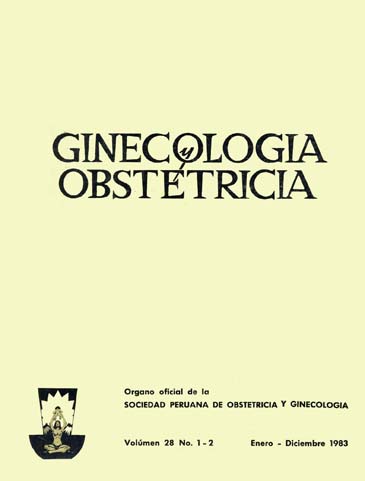Prolonged estrogen therapy in postmenopausal and endometrial carcinoma: 20 Years of Monitoring
DOI:
https://doi.org/10.31403/rpgo.v28i664Abstract
In order to improve menopausal symptoms, since 1960 began to manage 6 -7.5 mg of estrogen, with consequent bleeding. Some curettage showed cystic endometrial hyperplasia. Then endometrial studies, were performed prior to treatment of the candidates. For 20 years, 2814 women were selected. They were separated from the study those with cervical, endometrial or breast disease; They were administered synthetic estradiol and / or conjugated estrogens: 0.265 to 1.25 mg as interdiaria. Although published in favor of exogenous estrogen replacement would be associated with endometrial cancer in this study prospective and retrospective prolonged clinical and epidemiological studies show that there is no relationship. This risk has been pointed out in an exaggerated manner, because these studies included cases of atypical endometrial hyperplasia, in cases of endometrial cancer carrier. Many forms of these have been criticized for the way they were analyzed because, confused and misunderstood histopathology. Small doses, to meet the climatic needs, can be an indicator of subclinical endometrial pathology, from the first months of his administration. Those who rely on epidemiological evidence of risk, should include this information in their analytical work.Downloads
Download data is not yet available.
Downloads
Published
2015-05-23
How to Cite
Soihet, S. (2015). Prolonged estrogen therapy in postmenopausal and endometrial carcinoma: 20 Years of Monitoring. The Peruvian Journal of Gynecology and Obstetrics, 28(1 y 2), 33–39. https://doi.org/10.31403/rpgo.v28i664
Issue
Section
Artículos Originales
















